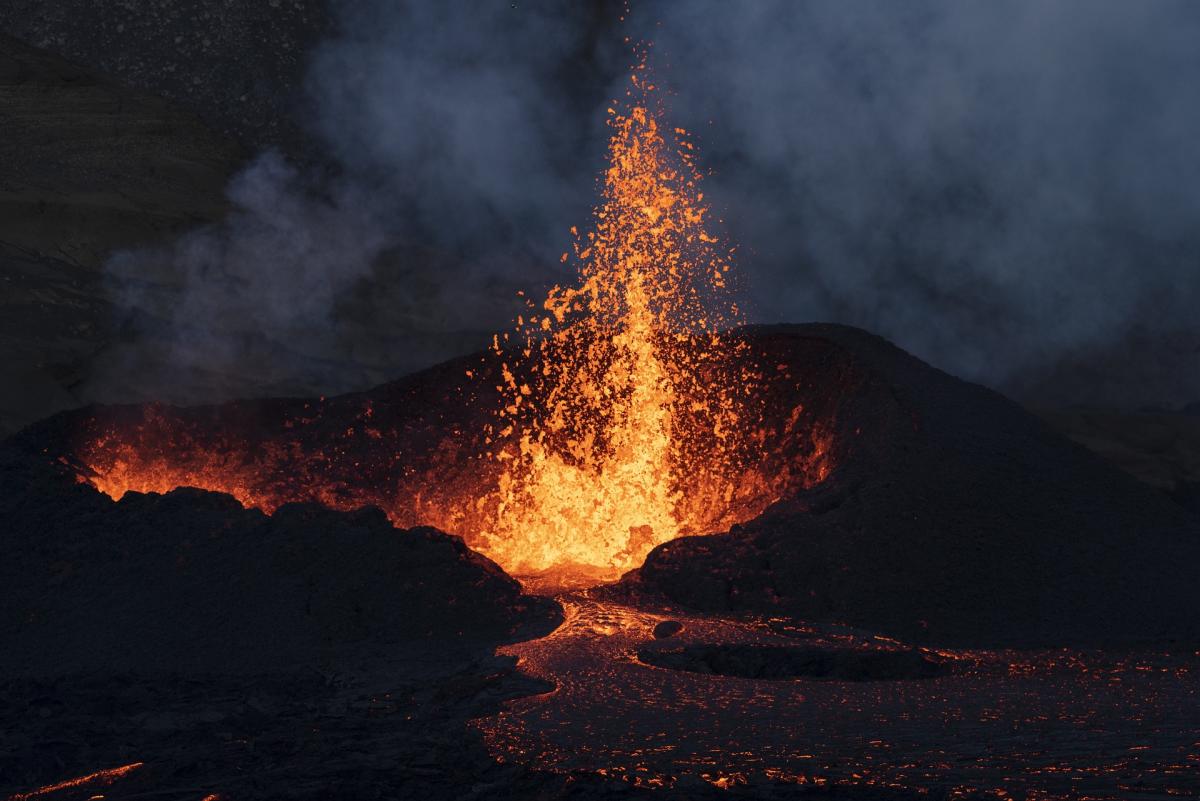
Gardening in an Arizona summer is a struggle. This lesson has students use biomimicry to design a way of protecting a garden from the heat and sun. They will read articles before designing a shade and

Gardening in an Arizona summer is a struggle. This lesson has students use biomimicry to design a way of protecting a garden from the heat and sun. They will read articles before designing a shade and

What is biomimicry? What's wrong with Pringles cans? Students explore these questions in the lesson. They will read an article about Pringles cans before using biomimicry to design a new can.

A 1st grade lesson plan asking students to create a model to classify dinosaurs into different groups according to similarities. Following the classification, a classroom discussion about the ways

Bee Colony Collapse Disorder was first discovered around 2005. Since then, 60-80 percent of honey bee hives have been affected. Scientists thought they were making progress into identifying the

In this lesson students analyze clues that help them make a claim about a phenomenon they are introduced to- a video of ash and debris-filled water rushing down a forest hill in Flagstaff. Students go

In this lesson, students use the engineering process to solve a real-world problem along the I-10 in Arizona. Students analyze data about roadkill along a particular stretch on the I-10 just outside

This lesson is the first of two about vermicomposting. It explains what vermicomposting is and how to start a worm bin. The second lesson will discuss harvesting compost and moving worms to a garden

This is part 2 of 2 where students will be conducting a life science experiment with their Worm Worlds created from part 1 and finding out what a red wiggler's favorite food is.

In this lesson, students conduct an experiment that answers the following driving question: Which type of bedding do red wigglers like better- coconut husk or shredded cardboard? This lesson allows